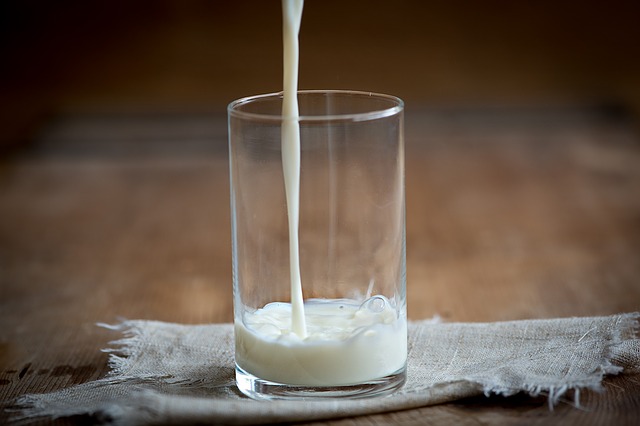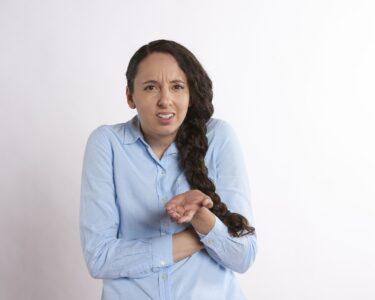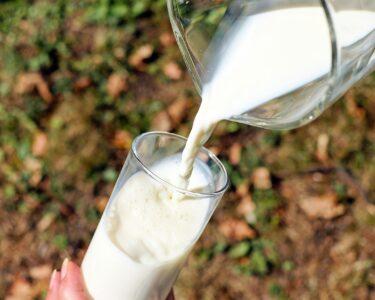Data suggests every third person in India today is suffering from calcium deficiency. Therefore, it’s high time to take your diet seriously. This blog is all about guiding you to pick the top calcium-rich Indian foods specifically dairy and non-vegetarian sources.
If you are a vegetarian, consider reading 12 Top non-dairy, vegetarian calcium-rich Indian foods.
You need calcium not only for your bone health but for multiple other reasons, like –
- for making your teeth strong
- proper muscle contraction and relaxation
- to keep the normal heart beat
- to send and receive nerve signals
- for assisting the release hormones and other bio chemicals
- to help in blood clotting
Calcium-rich Indian foods: Top 7 Dairy sources
Calcium-rich Indian foods: Milk powder –
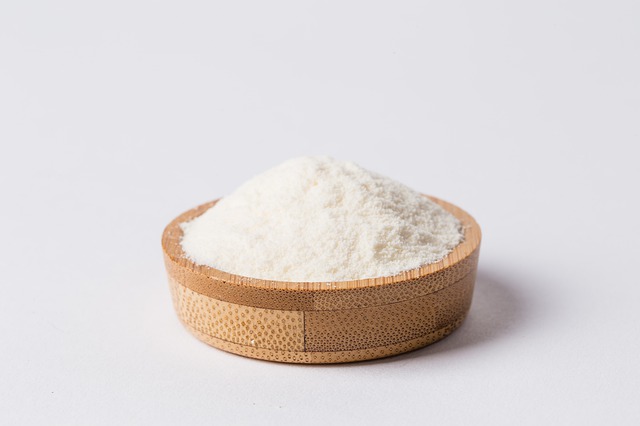
If you often sneak in the kitchen to have milk powder, this is the best source of calcium for you. Consider adding 3-4 tablespoons (45-60 g) of milk powder to your daily diet. This will easily provide you with more than 450 mg of calcium in a day.
You may pick the skimmed milk powder as that contains more calcium compared to whole milk powder.
Please note, adding milk powder to tea/ coffee won’t help to fix your calcium deficiency. Tea/ coffee contains caffeine, which reduces calcium absorption. You can add milk powder to other food to get the benefit.
Milk powder is also rich in sodium. If you are having high blood pressure, pay attention to balancing the overall sodium content of the diet, or else take a nutritionist’s advice.
Want to buy skimmed milk powder online? Click on the following link –
Calcium-rich Indian foods: Khoa –
Khoa is one of the most calcium-rich Indian foods which you may consider to fix the deficiency. You can make snack items such as nuts & seed laddu or khoa poha or toast with khoa filling.
100 g of khoa from whole cow’s milk contains 956 mg of calcium. Having even 30 – 40 g of khoa will supply about 400 mg of calcium a day.
Calcium-rich Indian foods: Cheese –
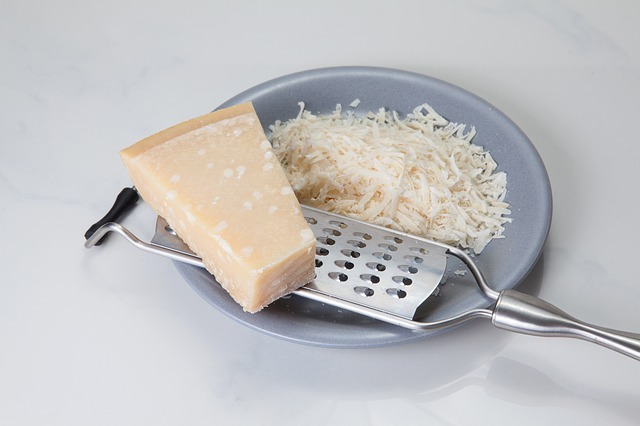
If you are a cheese fan and calcium deficient, you may think of adding cheese to your daily diet. 100 g of cheese contains approximately 790 mg of calcium. Look for natural cheese for better quality and pure nutrition.
Cheese is generally high in sodium content. Therefore plan your diet accordingly to balance the sodium load in the diet.
Try to avoid processed cheese. It is generally loaded with various preservatives and salt for better shelf life. Regular consumption of processed cheese may be harmful in terms of increasing weight and blood pressure and also may not be good for your heart health. So read the label before buying.
Want to buy natural cheese online? Click on the following link –
Calcium-rich Indian foods: Paneer –
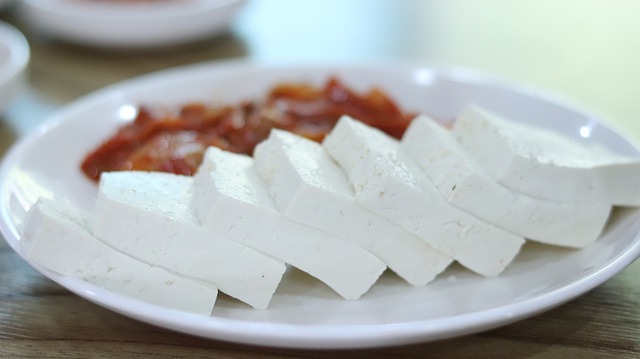
Paneer is another calcium-rich Indian food that you can easily accommodate in your daily diet. 100 g of paneer gives approximately 480 mg of calcium. Therefore having even 50 g of paneer will supply 240 mg of calcium.
Consider having paneer sabji or paneer paratha or even paneer sandwich. Avoid clubbing paneer with green leafy vegetables as they are generally high in oxalate which may reduce calcium absorption.
Calcium-rich Indian foods: Chena –
It is the easiest to prepare, Indian dairy products. You may like it or not, but it is a good source of calcium in an Indian diet.
Chena made from buffalo milk contains approximately 480 mg of calcium, whereas chena from cow’s milk has 208 mg of calcium.
Therefore having a bowl of chena (100 g) is one of the easy ways to ensure good calcium in a diet. If you don’t like the chena taste, consider making sabji with it and enjoy with rice or roti or even with bread.
Calcium-rich Indian foods: Curd –
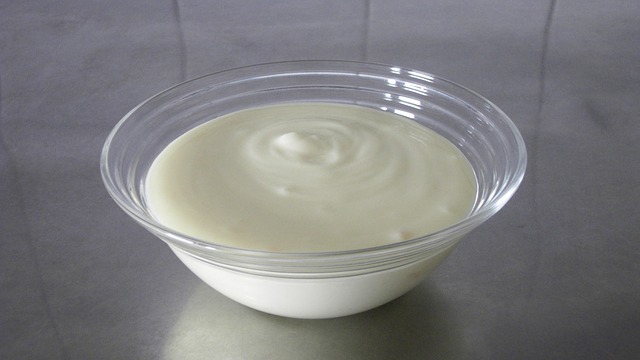
Curd is another decent source of calcium for the Indian diet. 100 g of curd of cow’s milk contains 149 mg of calcium. Therefore finishing your meal with a bowl of curd (200 ml) will easily provide approximately 280-300 mg of calcium.
Homemade curd is a potent probiotic and great for your gut health. You can take curd even if you are suffering from diabetes or hypertension along with calcium deficiency. People struggling to digest milk in general often can handle curd easily.
Calcium-rich Indian foods: Milk –
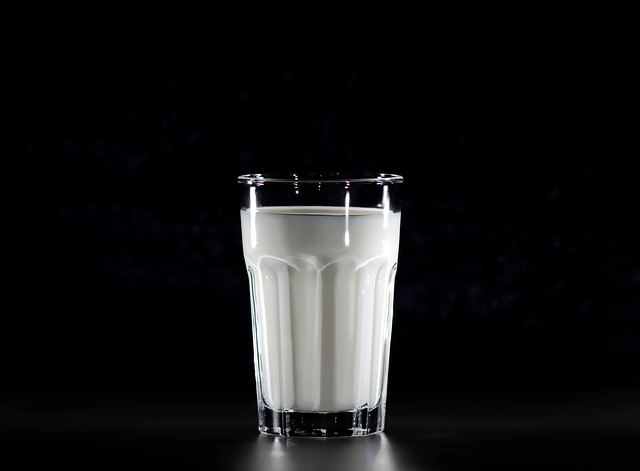
If you are a milk fan, then it is the easiest way to take care of your calcium deficiency. Drinking 200-300 ml of milk will supply 250 – 600 mg of calcium depending on the type of milk.
Note that the bioavailability of milk calcium is greater than any other vegetarian calcium-rich Indian foods. (2)(3)
Research suggests, even if you are lactose intolerant, you may still handle up to 100 ml of milk in a meal a day.
Milk tea or milk coffee won’t help you much to fix your calcium deficiency. Tea/ coffee contains caffeine as mentioned above. This compound reduces calcium absorption in the body. Therefore, if you are planning to drink milk to improve your calcium level, avoid having milk with tea/ coffee.
Table 1: Calcium content of common milk & milk product –
| Milk and milk product | Calcium content (mg/100 g) |
| Milk cow’s | 120 |
| Skimmed milk | 120 |
| Milk buffalo’s | 210 |
| Buttermilk | 30 |
| Curd (Cow’s milk) | 149 |
| Chana (Cow’s milk) | 208 |
| Chana (buffalo’s milk) | 480 |
| Khoa (whole buffalo milk) | 650 |
| Khoa (whole cow milk) | 956 |
| Cheese | 790 |
| Whole milk powder (cow’s milk) | 950 |
| Skimmed milk powder (cow’s milk) | 1370 |
Source: Nutritive value of Indian food, ICMR, 2016
Calcium-rich Indian foods: Top 3 non-vegetarian sources
Calcium-rich Indian foods: Fish –
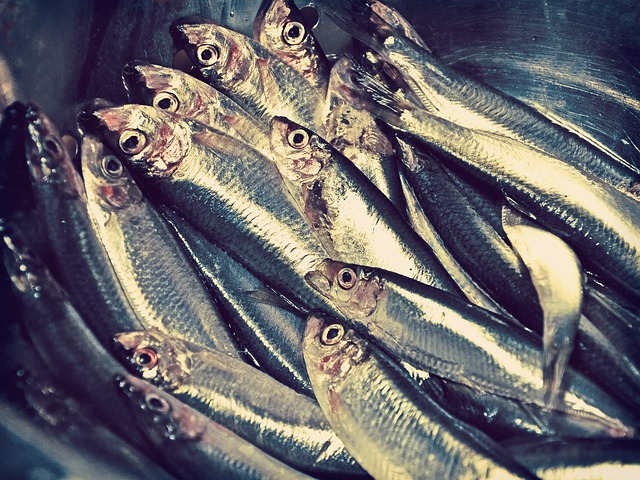
Fishes are one of the best calcium-rich Indian foods. If you like eating fish and suffering from calcium deficiency, plan to consume dry fish once a week. These fishes contain the highest amount of calcium ranging from 3500- 800 mg of calcium per 100 g. (9)
Rohu, catla,bhola, bhetki, aar, koi, pabda, etc contain a moderately high amount of calcium ranging from 600 – 300 mg of calcium per 100 g. Therefore consuming even 50 g of these fish can ensure a supply of approximately 300 – 150 mg of calcium. (4)(5)
Sole, magur, boal, hilsa,tangra, pomfret are a few fishes that contain comparatively lower amounts of calcium in the Indian fish category ranging from 200-100 mg calcium per 100 g. However, even this amount of calcium is enough once combined with other calcium-rich Indian foods.
Table 2: Calcium content of common Indian fish –
| Common Indian Fish | Calcium content (mg/100g) |
| High calcium-containing fish | |
| Chingri (small dried) | 3539 |
| Parshe (dry) | 2231 |
| Bhetki (dry) | 939 |
| Tangra (dry) | 843 |
| Parshe | 850 |
| Moderate calcium-containing fish | |
| Singhi | 670 |
| Rohu | 650 |
| Khoyra | 590 |
| Bhola | 550 |
| Catla | 530 |
| Bhetki | 480 |
| Mackrel | 429 |
| Koi | 410 |
| Ravas | 405 |
| Aar | 380 |
| Prawn | 323 |
| Pabda | 310 |
| Less calcium-containing fish | |
| Pomfret (black) | 286 |
| Tangra | 270 |
| Magur | 210 |
| Pomfret (white) | 200 |
| Hilsa | 180 |
| Boal | 160 |
| Sole | 140 |
Source: Nutritive value of Indian food, ICMR, 2016
Calcium-rich Indian foods: Egg
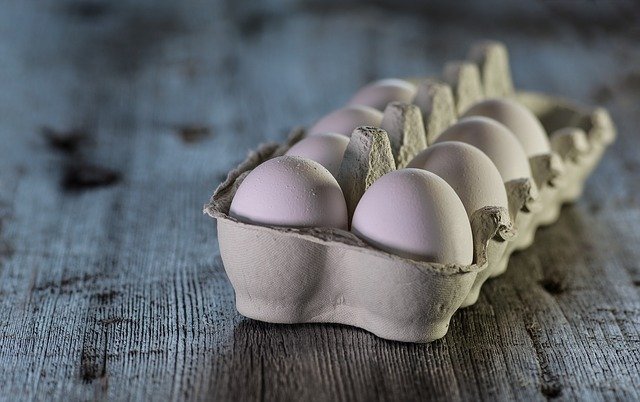
Egg is apparently not a rich source of calcium once compared with other calcium-rich Indian foods. 100 g of hen and duck egg contain 60 and 70 mg of calcium respectively.
An egg available in the regular Indian market weighs approximately 50-70 g. That means an egg may provide 30-60 mg of calcium depending on the type and size of the egg.
Please note, the bioavailability of calcium from eggs is generally very high. An egg is generally a part of a meal. Therefore, planning meals can improve the calcium supply.
Calcium-rich Indian foods: Meat
If you are a meat fan, consider taking a mutton muscle to fix your calcium deficiency. 100 g of mutton muscle contains 150 mg of calcium. Adding 50 g of mutton muscle can easily supply 75 mg of calcium in a meal.
Eating calcium-rich Indian food but still deficient in calcium?
Eating only calcium-rich Indian foods may not fix your calcium deficiency until you are being able to absorb it well. Calcium absorption gen hampered if you are –
Eating too much fiber –
Whole grain, bran, etc are not only high in fiber but also contain a very high amount of phytic acid. Phytic acid binds with calcium and makes it difficult to absorb in the body.
Eating too much green leafy vegetables –
Green leafy vegetables are high in oxalates which may reduce calcium absorption.
Drinking too many cups of tea/ coffee/ soda drink –
Caffeine in tea, coffee, soda drink also hampered calcium absorption. So if you drink multiple cups of tea/ coffee/ soda drink in a day, you must try to limit it.
Consume too much salty food –
Consumption of high sodium foods like bhujia/ salty biscuits/namkeen/ instant noodles/ instant pasta/ instant popcorn/ instant juice etc also disturbs calcium absorption.
Deficient in vitamin D –
Not stepping out under the sun? Sitting in an air-conditioned room throughout the day? A tropical country like India has an abundance of sunlight but still, If you are deficient in vitamin D, there is a chance of a reduction in your calcium absorption. Therefore, eating egg yolk, vitamin D fortified foods, regular 20 minutes of exposure to sunlight are a few essential steps to follow. (8)
Smoke a lot
Smoking also hampers calcium absorption. (6)
Not exercising enough –
Regular exercise helps to improve the calcium metabolism rate and bone mineral density. (1)(7)
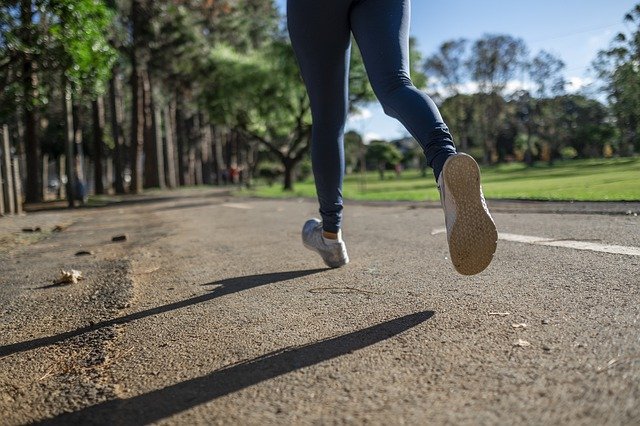
Breastfeeding increases calcium requirement –
Women need more calcium during the lactation period. The requirement for calcium also increases during the growing age of the kids. The diet should cater to the increasing need for vitamins and minerals.
How much calcium do you need?
| Age group | Calcium required (mg/day) |
| Men & Women | 800 |
| Pregnant women | 800 |
| Lactating women | 1200 |
| Children (1-3 yrs) | 400 |
| Children (4-6 yrs) | 450 |
| Children (7-9 yrs) | 500 |
| Boys & Girls (10-12 yrs) | 650 |
| Boys & Girls (13-15 yrs) | 800 |
| Boys & Girls (16-18 yrs) | 850 |
Data source: ICMR- NIN EAR for Indians guideline 2020
Bottom line
Indian diet has a wide variety. You have plenty of vegetarian, non-vegetarian, dairy, non-dairy calcium-rich Indian food options to choose from. Remember, eating only calcium-rich food won’t help until you eat mindfully with controlled fiber, tea/ coffee, and salt intake. Don’t forget to let yourself out at least for 20 minutes of sun exposure for better calcium absorption. Exercise regularly for improving calcium metabolism. You will be fine.

